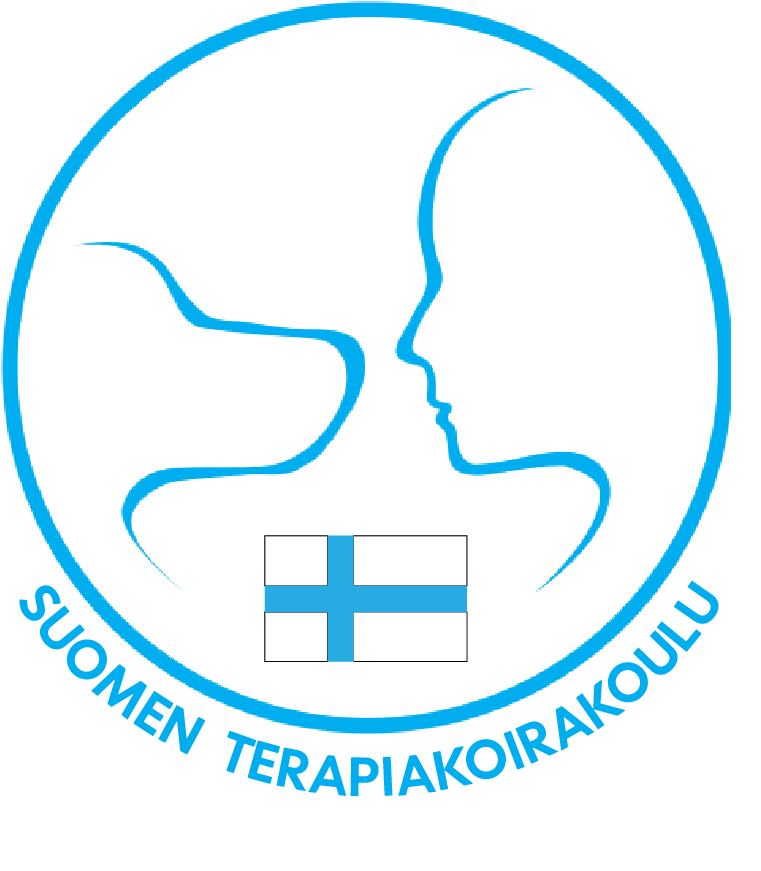How Does A Muscle Contract Quizzlet?
Muscles are one of the essential parts of the human body; they are responsible for movements, from the simple ones like blinking your eyes to complex ones like running and jumping. Muscles are made up of fibers, and these fibers have the unique ability to contract and relax, allowing us to move. But how does a muscle contract? Here we will explore the intricacies of the muscle contraction process.
1. The Basics of Muscle Contraction
Before we get into the details, let`s first understand the basics of muscle contraction. Muscles are made up of two main types of fibers: actin and myosin. Actin is a thin, flexible protein filament, and myosin is a thicker, rigid protein filament. These two filaments interact with each other, leading to muscle contraction.
2. The Sliding Filament Theory
The sliding filament theory is the most widely accepted model for muscle contraction. The theory states that muscle fibers contract when the actin filaments slide over the myosin filaments. The actin and myosin filaments have little projections called cross-bridges that interact with each other, leading to the sliding process. A molecule called ATP provides the energy for this process.
3. The Role of Calcium in Muscle Contraction
Calcium ions play a crucial role in muscle contraction. Calcium ions bind to a protein called troponin, which is found on the actin filament. This binding causes a change in the shape of tropomyosin, a protein molecule that covers the binding site for myosin on the actin filament. Once tropomyosin moves, the cross-bridges are free to bind to the actin, resulting in the sliding process.
4. The Role of ATP in Muscle Contraction
ATP provides the energy for muscle contraction. When ATP binds to myosin, it causes a change in the shape of the myosin head, which allows it to bind to an actin filament. Once the cross-bridges are bound, ATP is broken down into ADP and phosphate, which releases energy and allows the cross-bridges to move.
5. Types of Muscle Contraction
There are three types of muscle contractions: isotonic, isometric, and eccentric. Isotonic contractions occur when the muscle changes length, such as lifting a weight. Isometric contractions occur when the muscle does not change length but experiences tension, such as holding a weight. Eccentric contractions occur when the muscle lengthens while contracting, such as lowering a weight.
Conclusion
In summary, muscle contraction is a complex process involving the interaction of actin and myosin filaments, calcium ions, and ATP. The sliding filament theory is the most widely accepted model for muscle contraction. Understanding how a muscle contracts is essential for athletes, physical therapists, and anyone interested in maintaining their muscular health. So, next time you lift a weight, remember all the intricate processes that occur in your muscles to make it possible.
